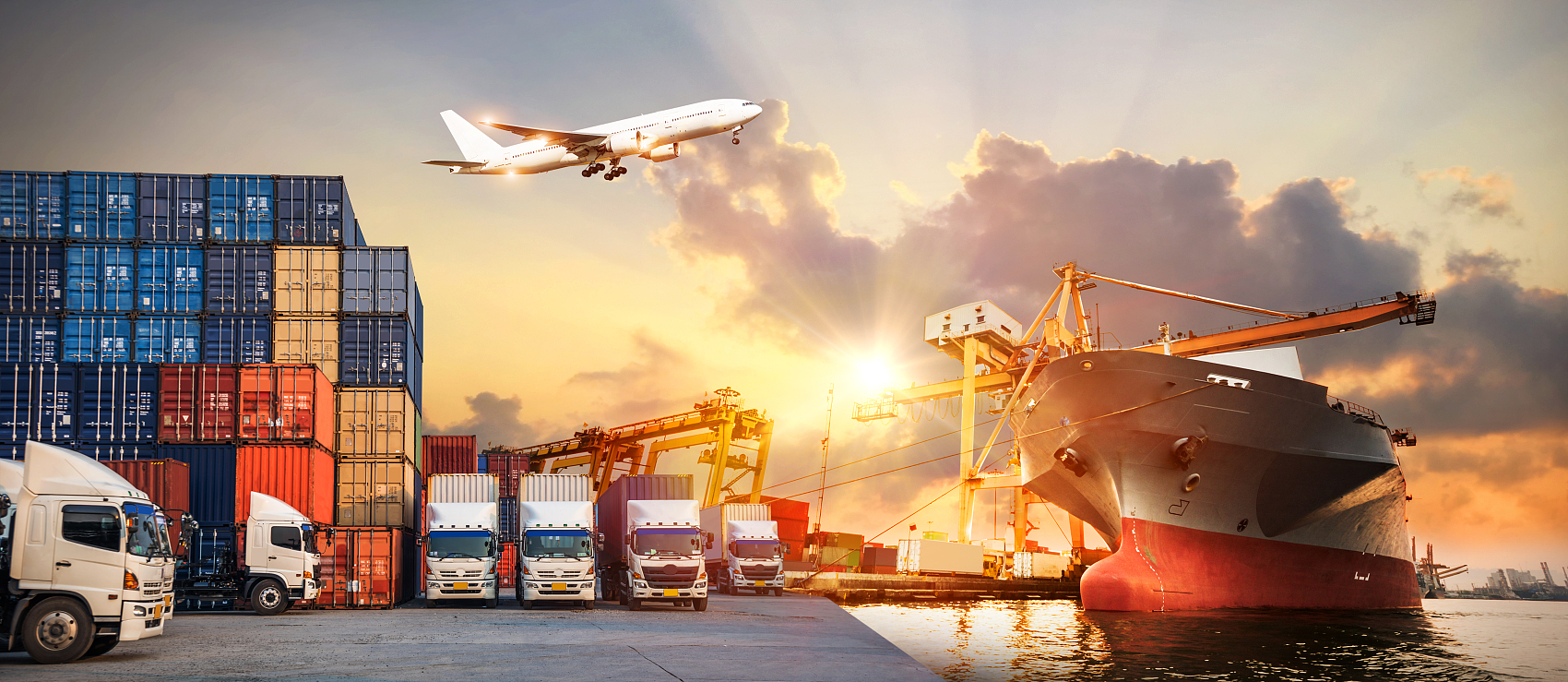Author:HAIYUAN TIME:2025-07-01Read:
Transporting clothing from China to Oceania (Australia, New Zealand, Pacific Islands) involves navigating shipping methods, customs regulations, costs, and logistics. Here’s a streamlined guide to ensure efficiency and compliance:
| Method | Best For | Transit Time | Cost Estimate | Pros & Cons |
|---|---|---|---|---|
| Sea Freight (FCL/LCL) | Bulk orders (500+ kg) | 15–25 days (China → AU/NZ) | FCL: $1,500–$4,000/20ft LCL: $80–$200/m³ |
√ Cost-effective for bulk × Slower; port delays common |
| Air Freight | Urgent/small batches (<500 kg) | 3–7 days | $5–$15/kg | √ Fast, reliable × 3–5x costlier than sea freight |
| Courier (DHL/UPS) | Samples/small parcels (<50 kg) | 3–6 days | $30–$100/kg | √ Door-to-door, easy tracking × Expensive for bulk |
| Rail + Sea | Eco-friendly option | 25–35 days | Similar to sea freight | √ Lower carbon footprint × Limited routes (via China-Europe rail + transshipment) |

Supplier Packaging
Use vacuum-sealed bags to reduce volume (critical for LCL air/sea).
Tag garments with country-specific labels (e.g., AU/NZ care symbols, fiber content).
Customs Documentation
Commercial Invoice (declare value accurately).
Packing List (itemize boxes/packages).
Bill of Lading (for sea/air) or Air Waybill.
Certificate of Origin (often required for duty reduction).
Compliance & Duties
Australia: GST (10%) + duty (5–10% for clothing). Biosecurity inspection fees apply ($50–$200).
New Zealand: GST (15%) + duty (0–10%). All textiles must be clean and mold-free.
Pacific Islands: Higher duties (up to 30%); check local rules (e.g., Fiji bans used clothing).
Biosecurity Rules
AU/NZ: Clothing must be free of insects, soil, or animal products (e.g., wool/leather may require treatment).
Consolidate Shipments: Use LCL sea freight for 1–10 m³ shipments to share container space.
Leverage FTAs: China-Australia FTA reduces duties on eligible goods (provide Certificate of Origin).
Optimize Packaging: Flat-pack garments to maximize container space (saves 15–30% on LCL/air).
Insurance: Add 0.3–2% of cargo value (covers damage/theft).
Engage a Customs Broker (recommended for first-timers):
They handle paperwork, duties, and biosecurity liaisons (cost: $150–$500/shipment).
Pre-Clearance:
Submit documents electronically 48h before arrival (e.g., Australia’s ICS).
Biosecurity Inspection:
Random checks for contaminants (budget $100–$400 for AU/NZ).
Under-declaring Value: Risks fines or seizure.
Incorrect HS Codes: Use HS 61/62 (apparel) with precise descriptions (e.g., "men’s cotton t-shirts").
Ignoring Quotas: Some Pacific Islands restrict clothing imports.
Poor Packaging: Wet/moldy items fail biosecurity → costly disposal.
| Origin (China) | Destination (Oceania) | Major Ports | Notes |
|---|---|---|---|
| Shanghai/Shenzhen | Australia | Sydney, Melbourne | Most frequent services; 14–18 days |
| Ningbo/Hong Kong | New Zealand | Auckland, Tauranga | Faster clearance than AU |
| Xiamen/Qingdao | Pacific Islands | Suva (Fiji), Apia (Samoa) | Limited direct services; transship via AU/NZ |
Work with a Freight Forwarder: They negotiate rates, handle docs, and manage door-to-door delivery.
Pre-Pay Duties: Use DDP (Delivered Duty Paid) to avoid surprises.
Track in Real-Time: Tools like Maersk Flow or DHL Track for visibility.
Sustainability: Opt for sea freight (75% lower emissions than air) and recyclable packaging.
Example Cost Breakdown (Sea Freight to Sydney):
1x 20ft container (10,000 kg): $2,500 (shipping) + $400 (AU GST/duty) + $150 (broker) + $200 (inspection) = $3,250 total.
Final Advice: Start small with a test shipment, partner with a China-based forwarder experienced in Oceania trade, and always verify compliance for textiles. Safe shipping!
Useful links:
As a leading manufacturer of workwear and protective equipment in China. Our company can provide customers with different types of Workwear. You can choose styles directly from our website. In addition, if you have customized style design drawings, we can provide OEM service for you.
Back to Top
+8619948039507
